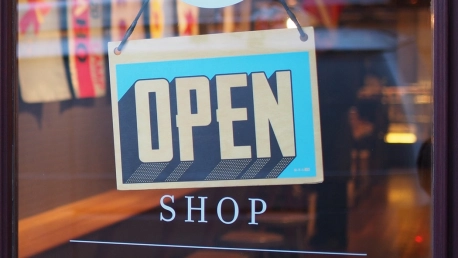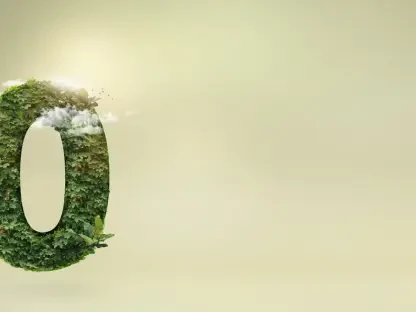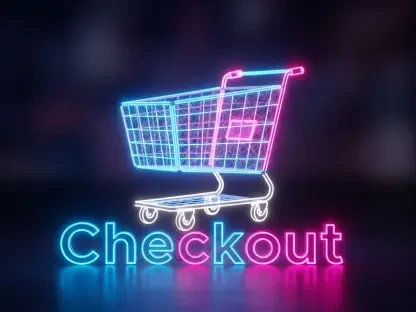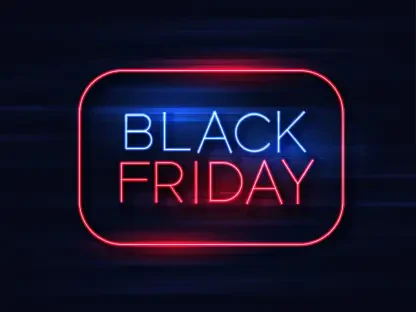Packaging is part of marketing. It is also the visual welcome mat that the eyes of potential customers tread on when coming in contact with the product. Although part of the plethora of crucial elements that define merchandise, packaging design can take the leading role very easily. It makes customers react positively when combining the right mixture of design, materials, sustainability and brand/product representation.
What exactly is the value of product packaging nowadays? Furthermore, how can retailers remember to set their products in the spotlight and benefit from all the due attention that depends on this outer layer of their product? We will try to explore a few angles on this matter.
Packaging design as an attention drawer
Influenced by the ever-surrounding technology and its inherent characteristics, humans tend to re-wire their brains. We adapt to fragmented activities, to the always-on outward attention mode. We do the same with our subconscious state of readiness for all that amazes and captures attention via a special detail.
Marketers need to master the art of drawing attention. They also plan ahead for the moment when the above-mentioned type of attention meets the product. Upon examination, the actual product must actually have that special attention-drawing feature. Keeping the honesty and consistency vibe always creates a positive response from potential customers.
Some even say that packaging is the only marketing tool brands need, although this is a nuanced allegation. In fact, this translates into smaller brands being able to resolve their marketing needs exclusively via packaging. Even more accurately, brands are able to create the essential attention drawer necessary for making their brand/product image stand out via packaging.
The key takeaways here would be:
- Customers today have a short attention span;
- The right packaging can create the necessary momentum and draw live attention upon the product (but it needs to meet other overall criteria, too, such as being part of a consistent brand policy).
Original or copycat?
Perfect packaging guidelines include the useful tip of using the big companies as inspiration sources in this field. It is however important not to copy their ideas, since it is both a liability and a down-sizer in the client’s eyes. Copying usually looks like a rip-off maneuver and it gives the impression that the product is also a copy.
Therefore, using great packaging solutions to create your own style is viable, as long as the common thread is the concept behind the packaging, not the aspect itself. For example, if the inspirational packaging of a juice comes in the shape of the fruits, another brand could imagine juice boxes that feature the specific fruit trees, following the concept of brightly colored, nature-like, show-me-what-is-in the-box concept.
How about going completely innovative? It may seem difficult in a world where almost all have already been done. It is nevertheless possible, once the marketing team has means of verifying the ideas’ uniqueness. Creativity is marketing’s hope for an even better, more interesting future of all that advertising, campaigns, and product design represents.
Original ideas are great when it comes to packaging design
On the other hand, it is beneficial to have an updated image of what was successful in this field, of what made history and what are the current trends. An equally useful idea to have in mind would be to never go for the innovation to the detriment of your brand image – an easy mistake when marketing is off-premises and the specialists come with preset solutions.
Bottom line:
Completely original ideas may be hard to come by nowadays;
Studying successful packaging and deriving ideas out of its concepts is acceptable, as long as it incorporates original work and it suited for your product.
Sentimental packaging
Which of us has never indulged into buying a product just because it came in a beautiful wrapping? Perhaps this does not apply to big choices and high-end products. Nevertheless, at some point it does make the difference when choosing between similar products or deciding to buy unplanned items.
Packaging sells because it appeals to the aesthetic sense, it works on correlations and links in-between colors and symbols. It also associates with pleasant moments. Let’s admit it, all people hold dear the images of childhood products and toys, their packaging included. The appearance, the texture, even the smell of a product case can dwell forever in our memory.
Here are some examples of successful design in this field. Take a few moments and notice how they each introduce a certain atmosphere. A way of life, a certain style – visual stories put into the packaging itself. From cozy and playful to luxurious, powerful and rich, the products come in suggestive wrappings that extend over the inside content.
Simple or crowded?
Since feelings have a more poignant effect when they are clear and sharp, in time minimalism won in packaging. It is also associated with high-end products. Minimal design comes off as a determined statement, as the result of a choice. It inspires power and courage.
Overcrowding or wrongly juxtaposing visual elements and textures, on the contrary, translates into indecisive, incomplete marketing processes. It might be even a case of cheap choices. Covering a low budget with too many decoys can finally tire the eye, instead of inspiring it. On the other hand, taste is an acquired thing – depending on the target audience, some might find familiar certain colors or shapes that others deem rather kitschy.
In a nutshell:
Packaging appeals to customer’s feelings and emotions;
Coordinate your shapes, colors and textures with the preferences of your target customers or alternatively stick to your chosen brand image and get your customers used to it and its associated emotions.









